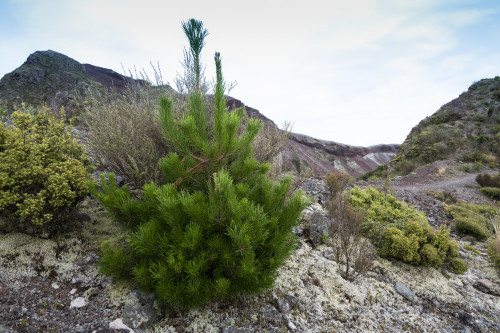See more videos about wilding pines
Wilding pines are trees which have self-seeded and are growing where they are not supposed to be - they are the wrong tree in the wrong place.
Unlike commercial forests, wilding pines are weeds. In fact, wilding pines are the plants which pose the biggest threat to New Zealand’s unique environment. They are as much of a menace to our environment as stoats, rats and possums.
Wildings are the wrong tree in the wrong place. Unlike commercial forests, wilding pines are weeds. They are self-seeded and not intentionally planted. Once they get established, wilding pines spread quickly. Within 3 decades, more than 25% of New Zealand could be covered by wilding pines unless we control the problem. We must act now, before the problem becomes too big. Every year we wait, the cost of removing wilding pines rises by 30%. We must remove wilding pines to protect New Zealand’s unique natural environments and regional economy.
We can control the spread of wilding pines. The National Wilding Conifer Control Programme brings New Zealanders together to tackle this significant national problem, including central and local government, local communities, researchers, industry and private landowners. The programme has already carried out control operations on 3 million hectares, or just over 11 %, of New Zealand’s most vulnerable land, and protected more land from being invaded.
If we do nothing, research predicts we will lose up to 7.5 million hectares of New Zealand to wilding pine invasion. This could have an economic cost of $4.6 billion, due to the negative impact of wilding pines on primary production, biodiversity, hydroelectrical power generation and irrigation. We must act now and remove wilding pines to protect New Zealand’s unique natural environments and regional economy.
Find out what's being achieved and what is involved in controlling wilding pines.

Lone wilding pine on Mt Tarawera